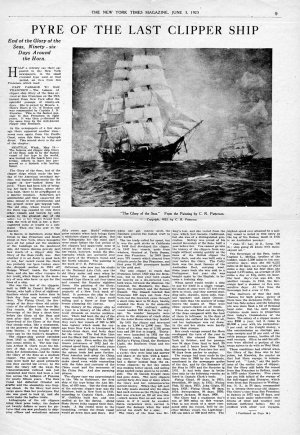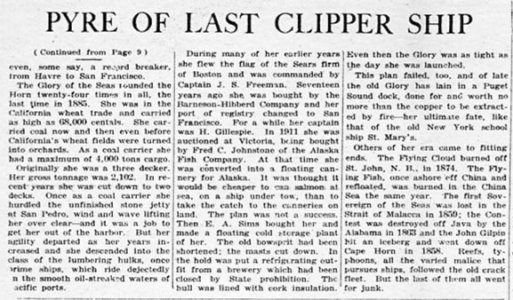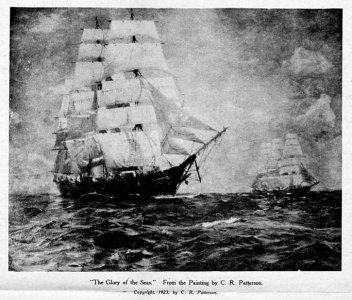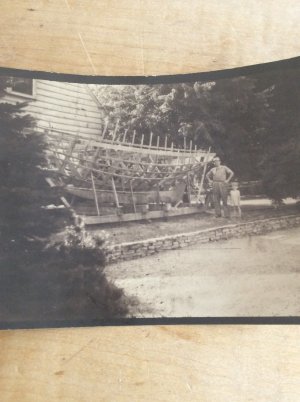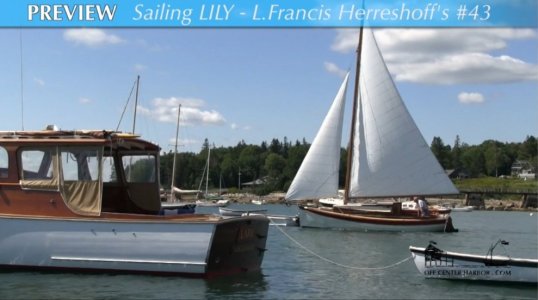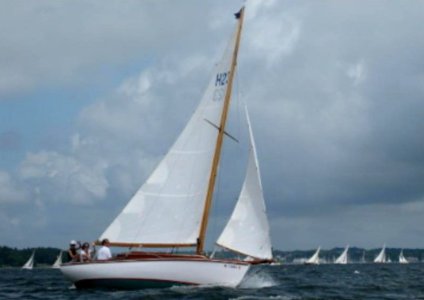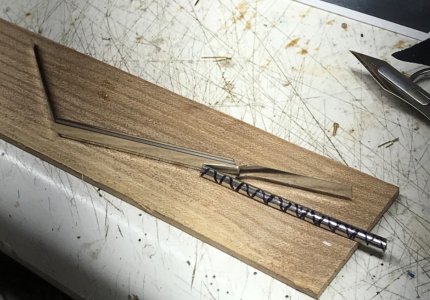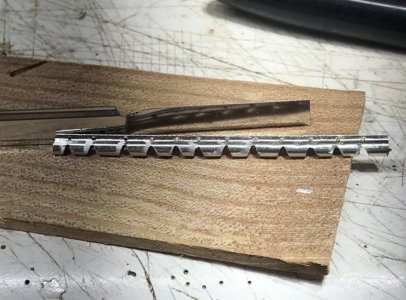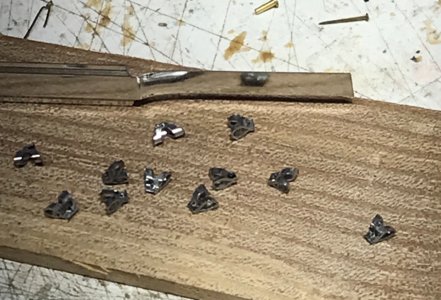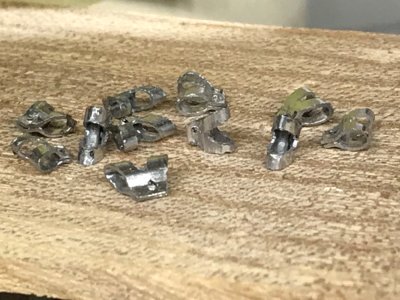- Joined
- Jun 29, 2024
- Messages
- 1,443
- Points
- 393

In the early 1900’s experiments began to break this barrier. The solution was to lift the hull above the waves that it created. This would allow the boat to travel faster than its wave train. The result was the “Planing hull” that was shaped to provide hydrodynamic lift. Flying boat aircraft and racing hydroplanes utilize planing hulls to achieve high speeds. In the 1930’s the US Navy used British planing hull technology to develop the famous PT Boats. And of course, after the war the recreational power boat industry also adopted the technology for the boats that we see everywhere today.
Sailboats also can plane. In the 1920’s or 1930’s British designer Uffa Fox designed a revolutionary International 14 class racing dingy that could plane. I owned two sailboats capable of planing under the right conditions; a Sunfish and a17ft Thistle. These planing sailboat hulls typically feature wide flat hulls aft to provide lift.
And yes, hydrofoils defeat this barrier by using wings in the water to lift the wave producing hull completely out of the water. Since water is so much more dense than air much smaller wing surfaces are required.
Roger
Sailboats also can plane. In the 1920’s or 1930’s British designer Uffa Fox designed a revolutionary International 14 class racing dingy that could plane. I owned two sailboats capable of planing under the right conditions; a Sunfish and a17ft Thistle. These planing sailboat hulls typically feature wide flat hulls aft to provide lift.
And yes, hydrofoils defeat this barrier by using wings in the water to lift the wave producing hull completely out of the water. Since water is so much more dense than air much smaller wing surfaces are required.
Roger




